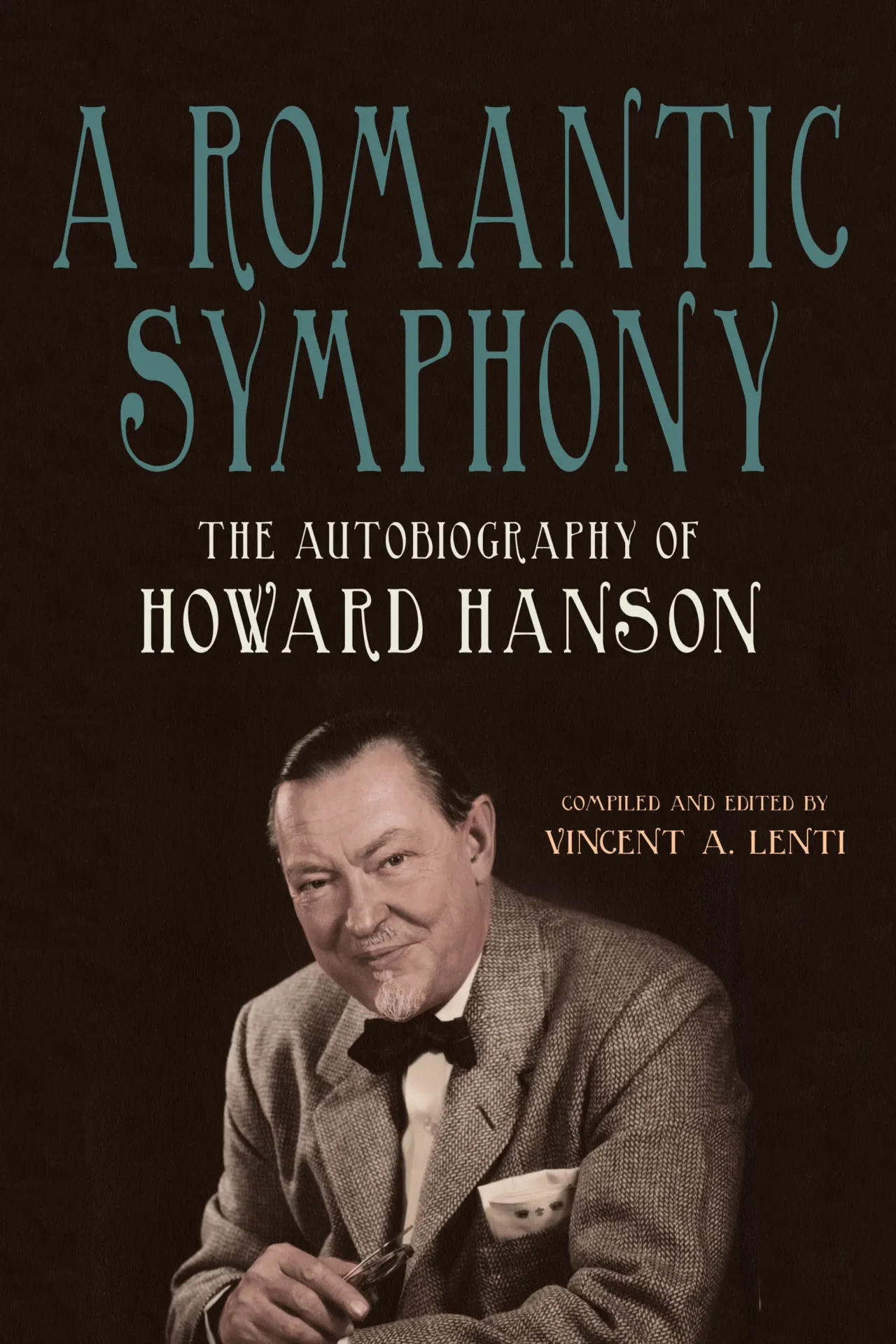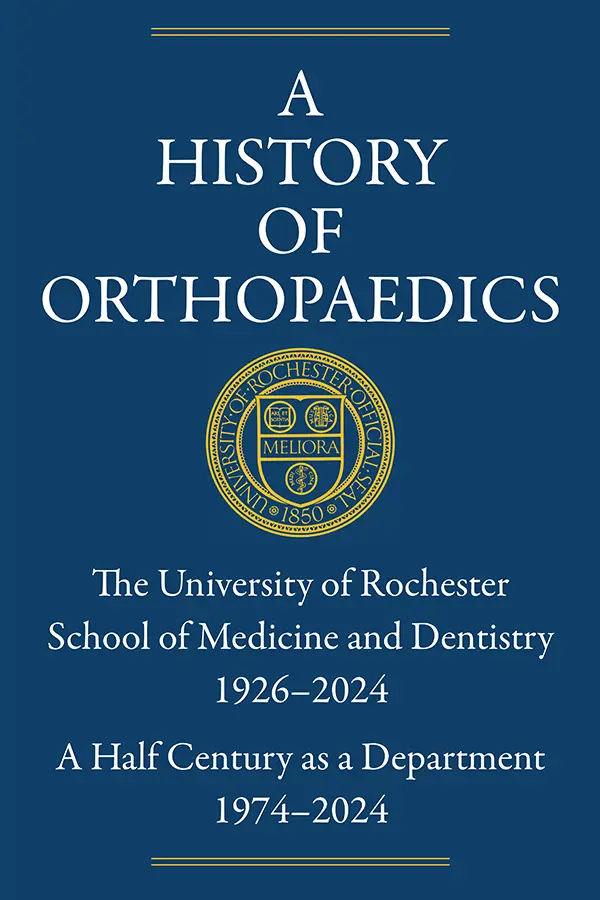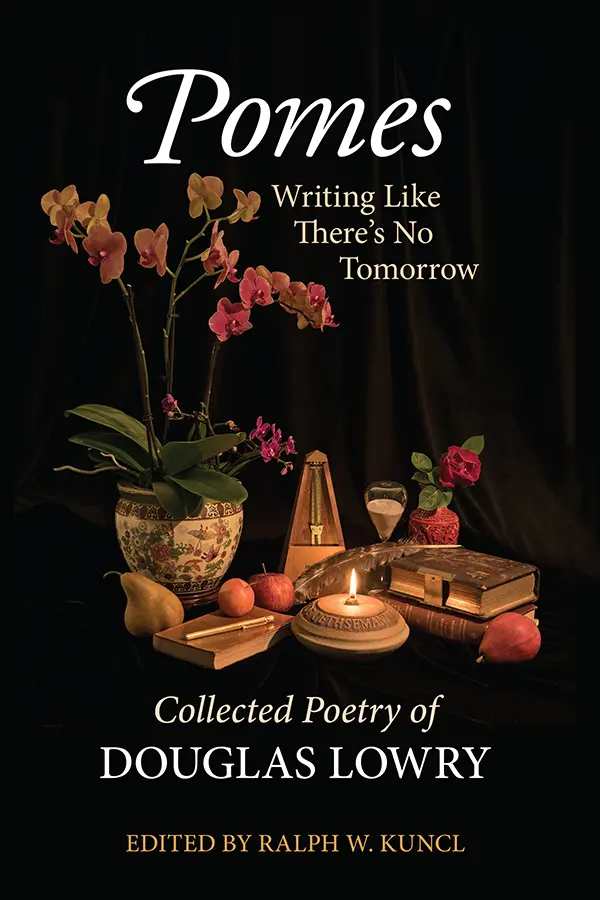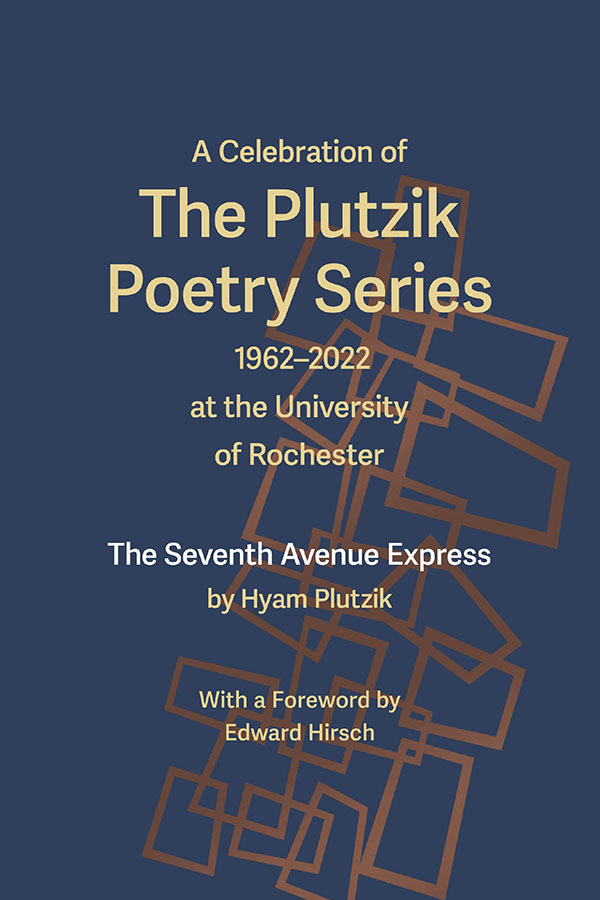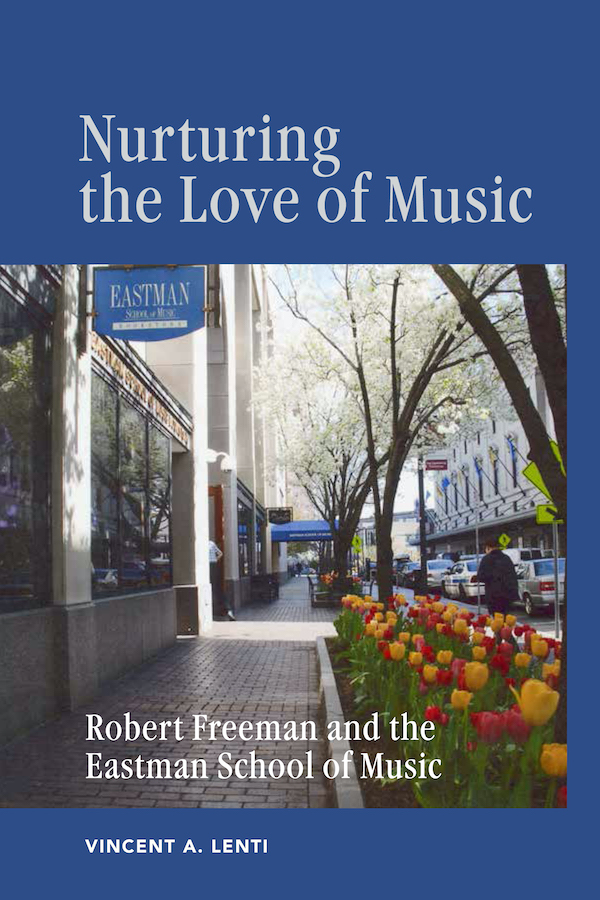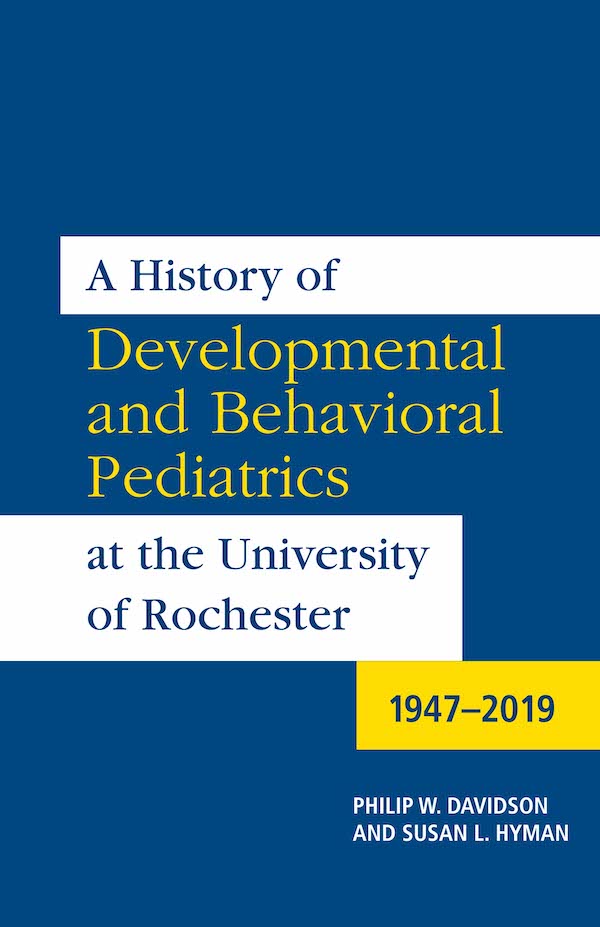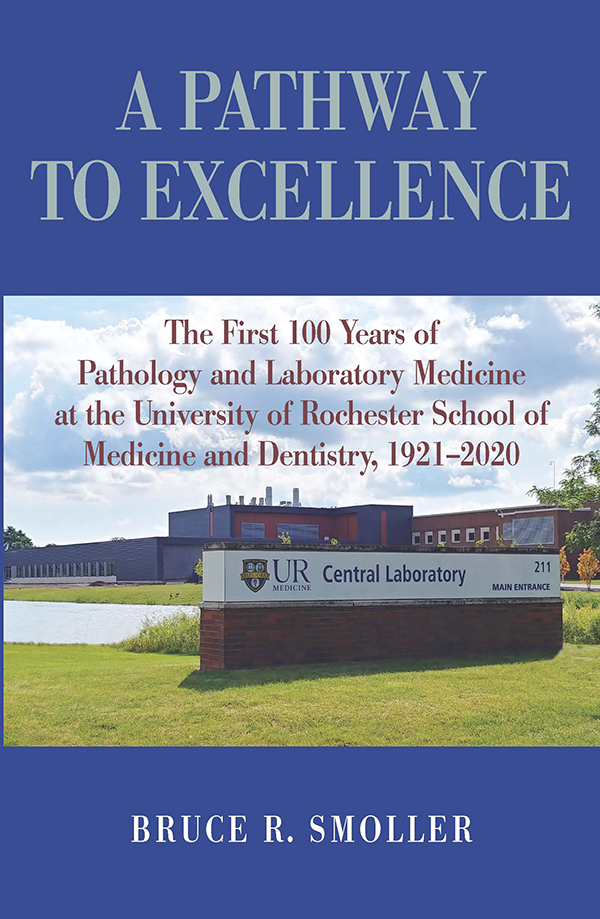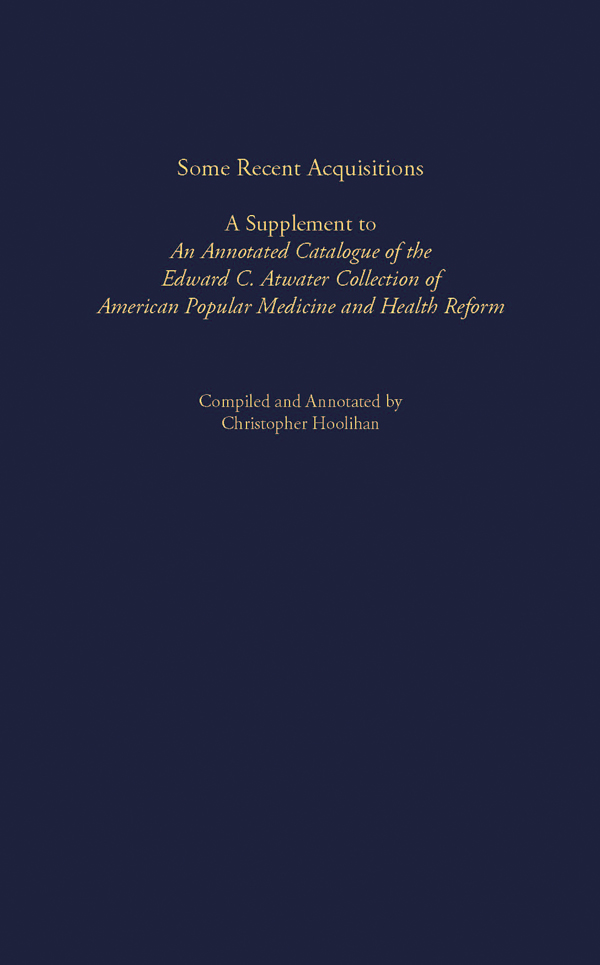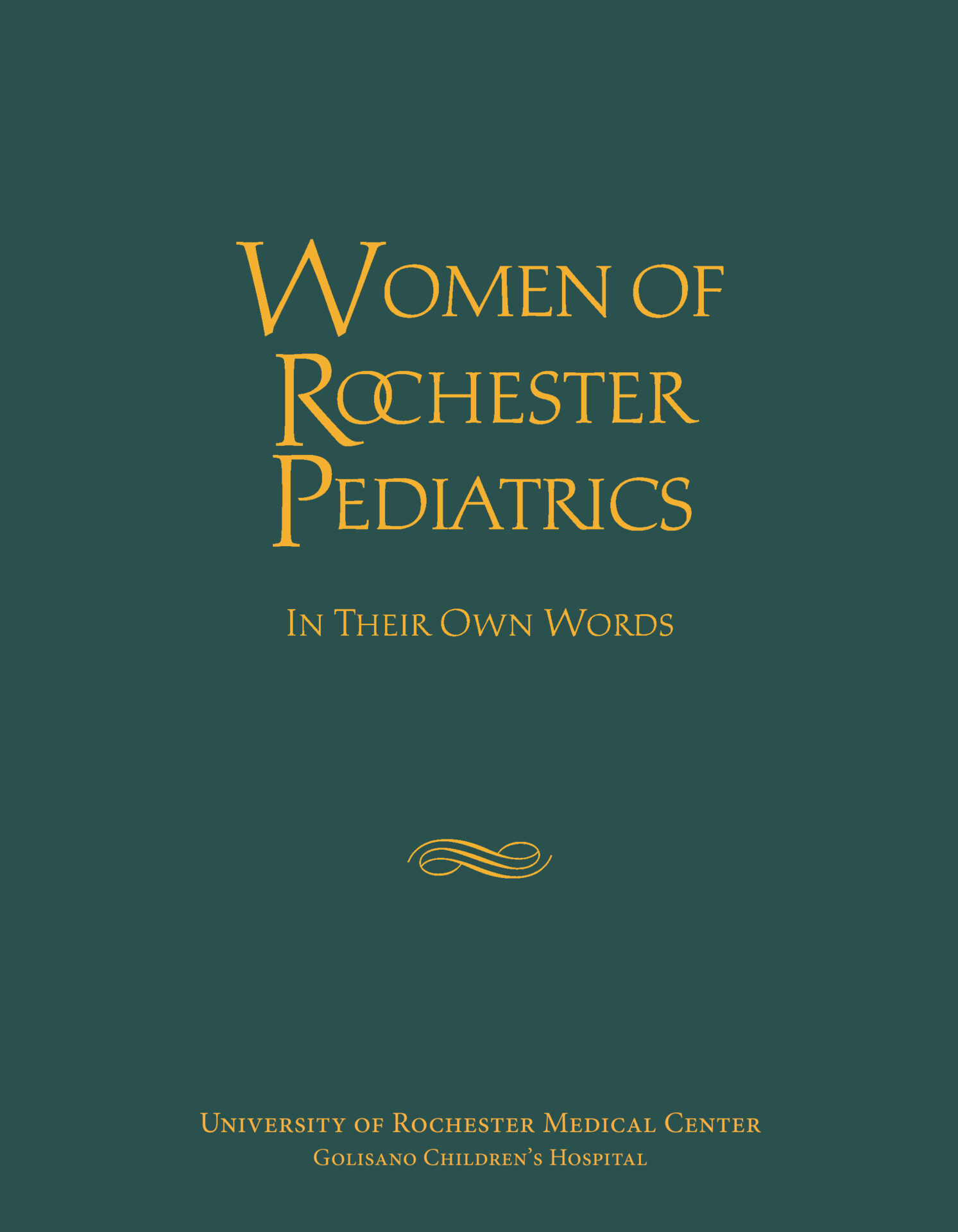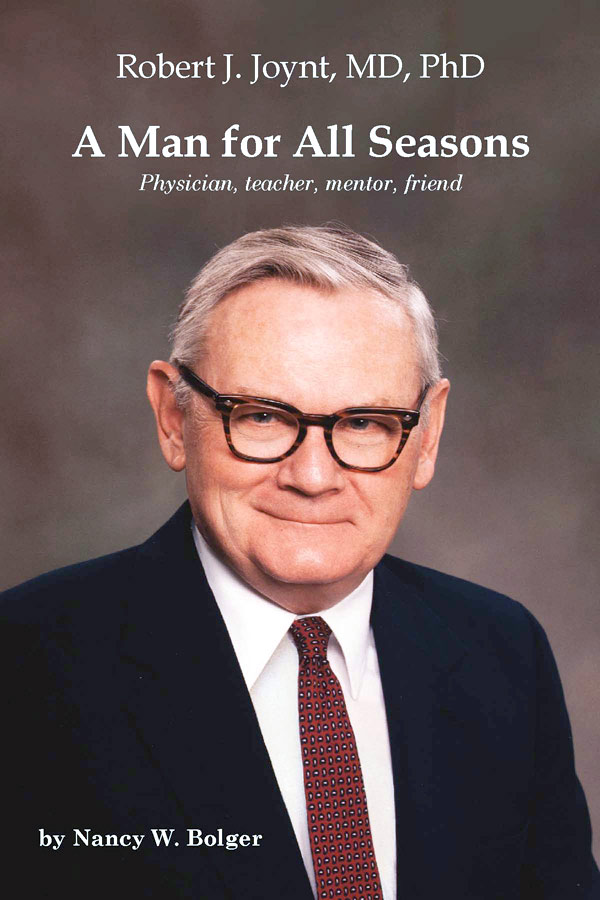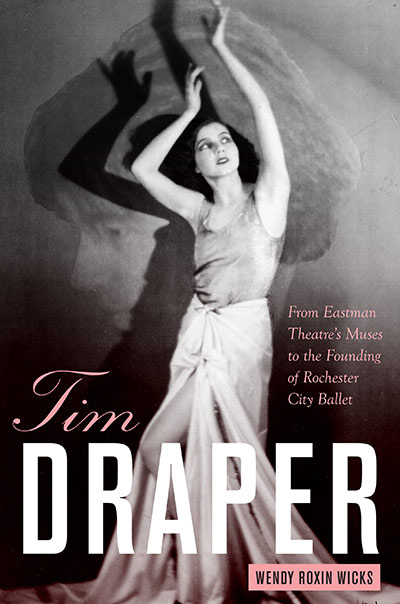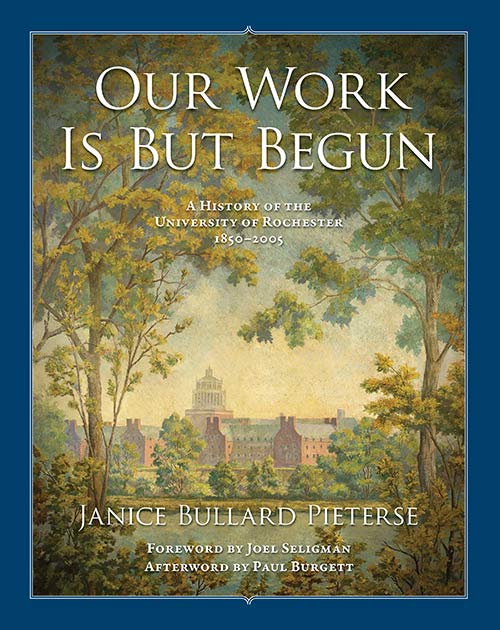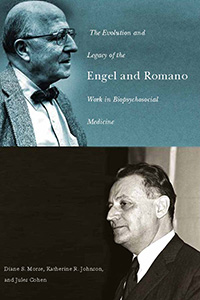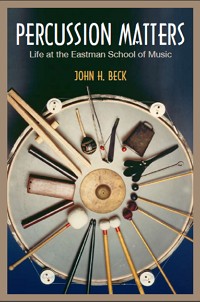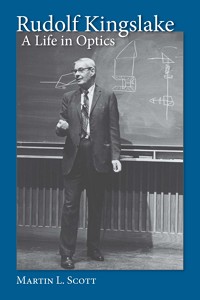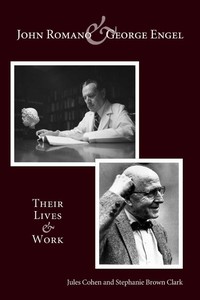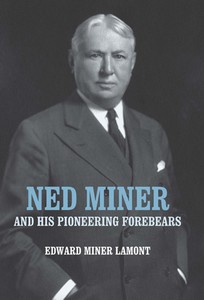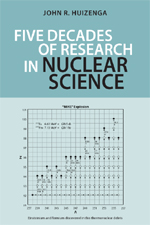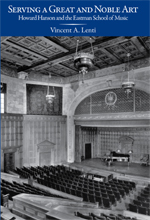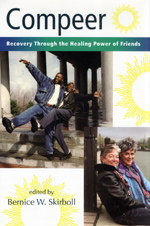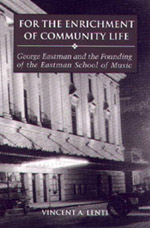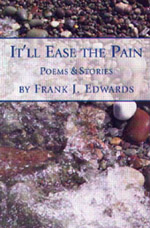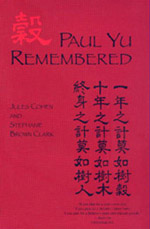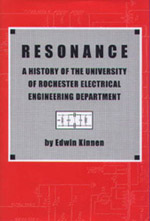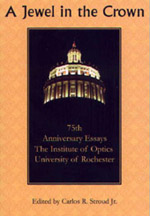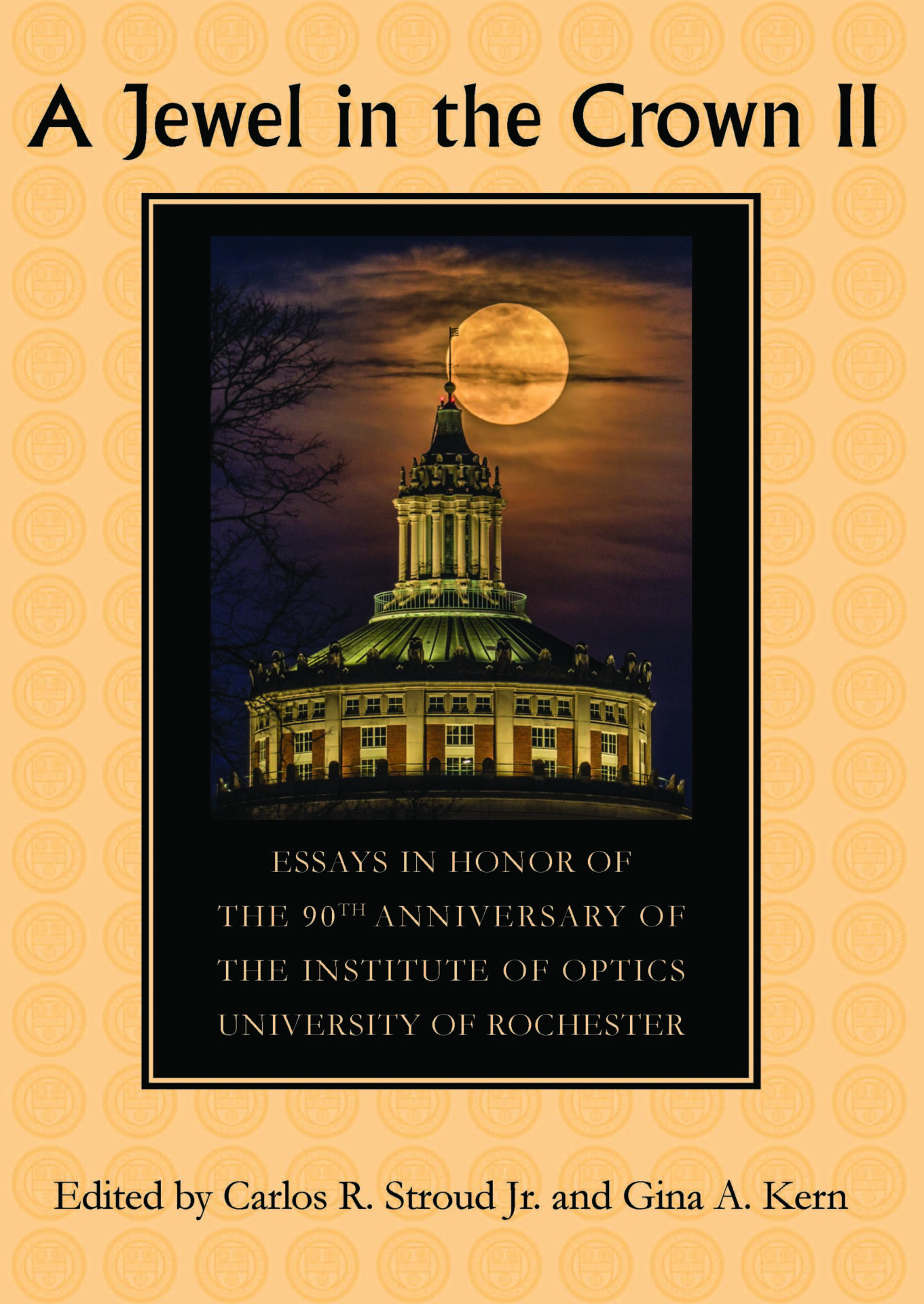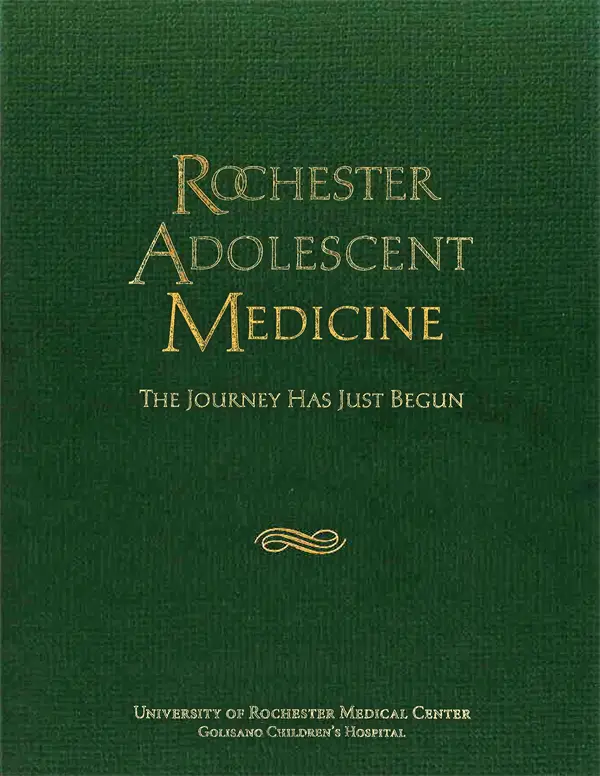
Rochester Adolescent Medicine
Rochester Adolescent Medicine has a long history as one of the earliest programs in the country. Spanning over six decades, the program has grown from a weekly ambulatory session to a fully functioning division of the Department of Pediatrics with an array of complex clinical, research, educational, and community programs of national/international significance. Interviews with over thirty former and present University residents, fellows, and faculty members in Adolescent Medicine showcase these practitioners’ extraordinary passion and dedication for caring for adolescents and their families.
Faculty and former fellows from Rochester Adolescent Medicine have been leaders at the forefront of almost every major decision about the field of Adolescent Medicine since its inception. Adolescent Medicine has never been more critical than it is now, and the field continues its dedication to equity, diversity, and integrity in all programs. This book celebrates Rochester’s six-decade contributions to optimum health for adolescents and their families; the partnership with the University of Rochester and the Rochester community; and the training of future generations of leaders in Adolescent Medicine.
Meghan E. Plog, MS is Former Fellowship Administrator, Department of Pediatrics, University of Rochester (2015-2019). Elizabeth R. McAnarney, MD, is Distinguished University Professor, Chair Emerita, Department of Pediatrics, Golisano Children’s Hospital, University of Rochester

